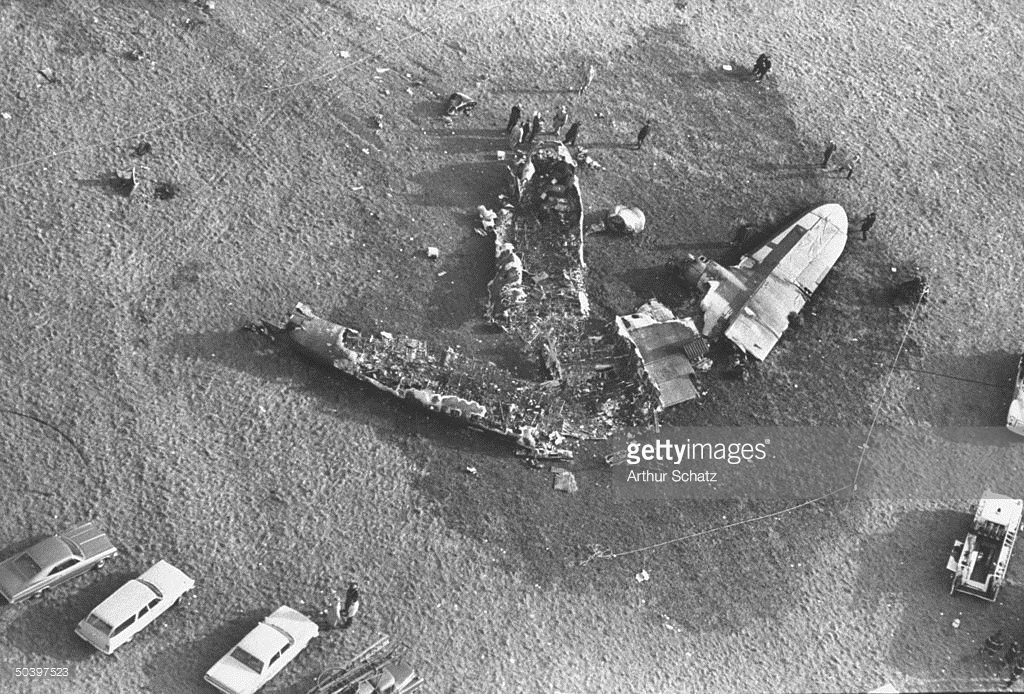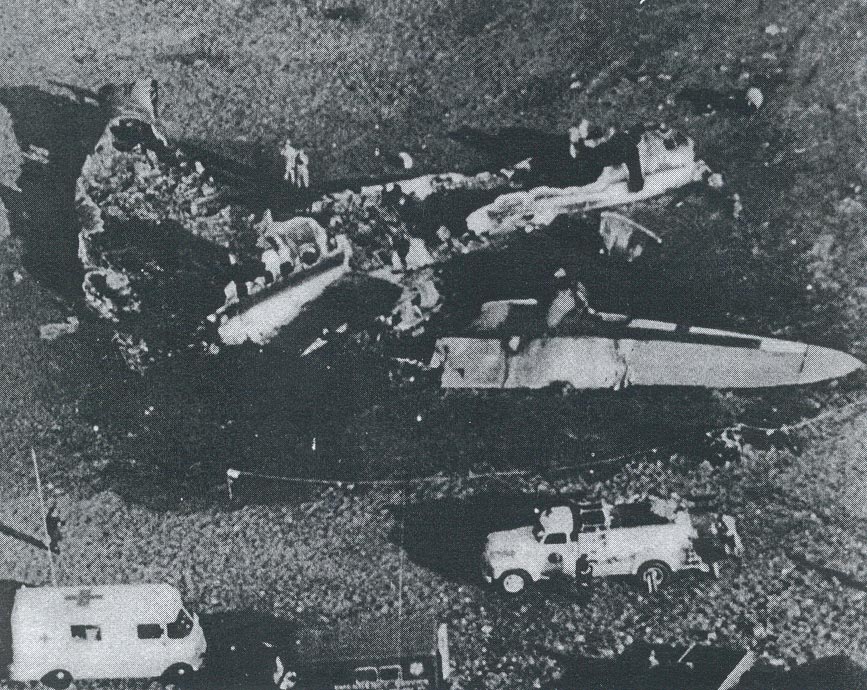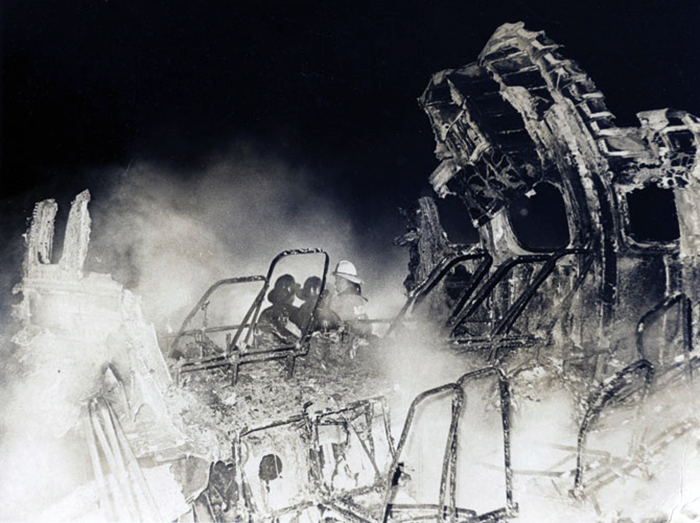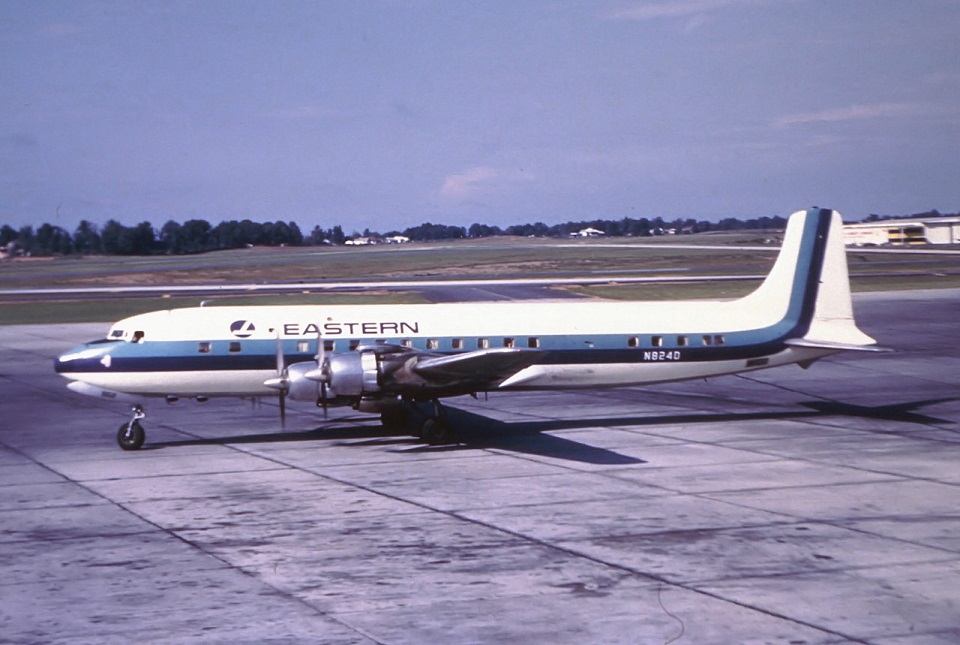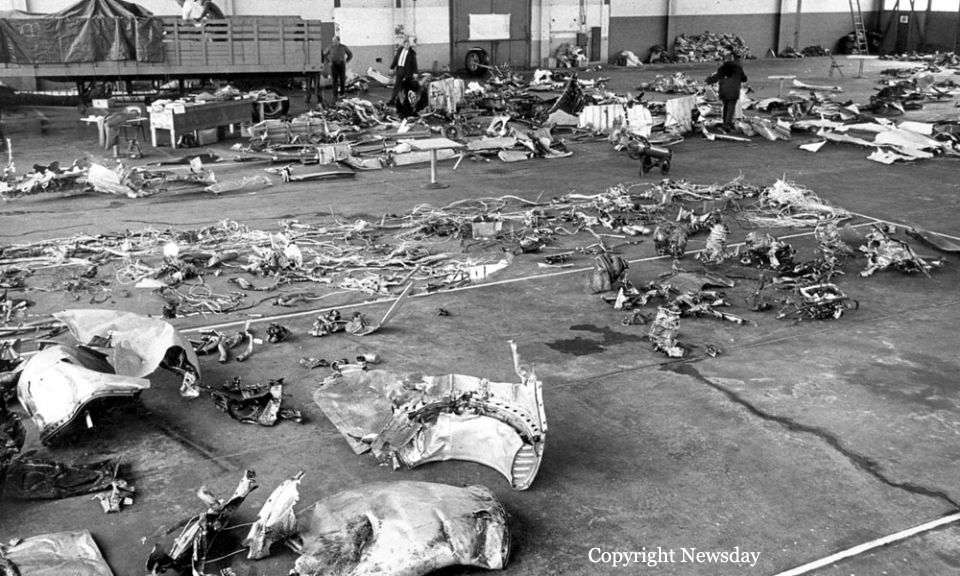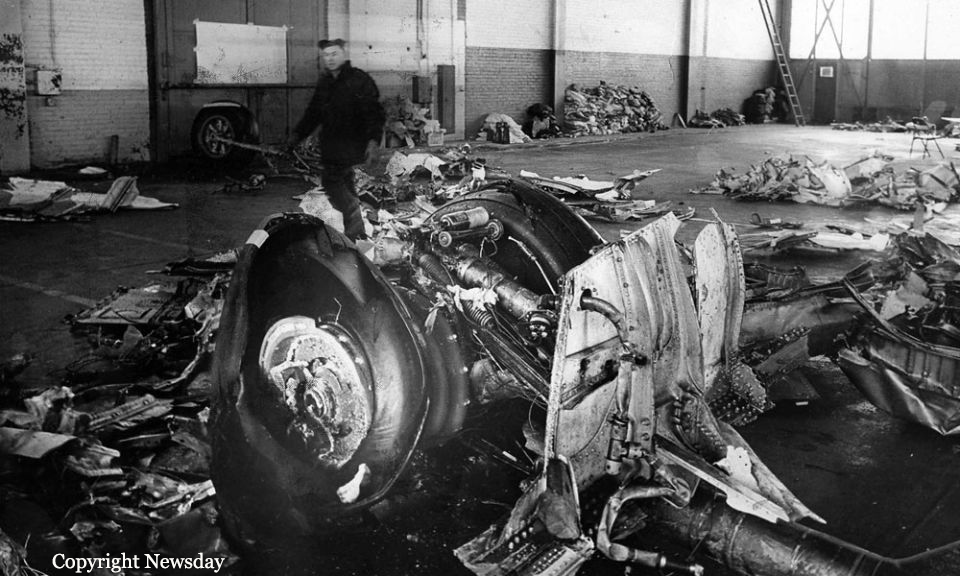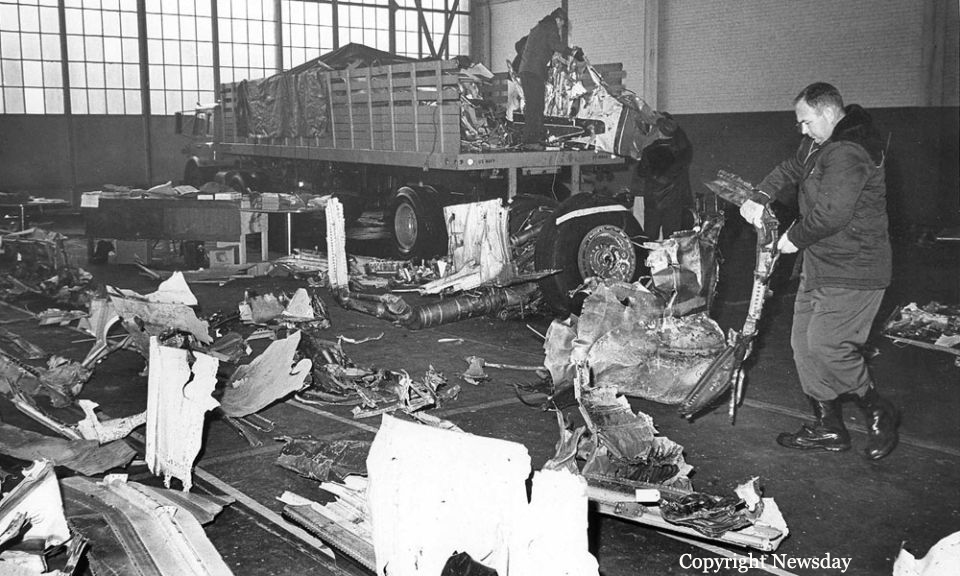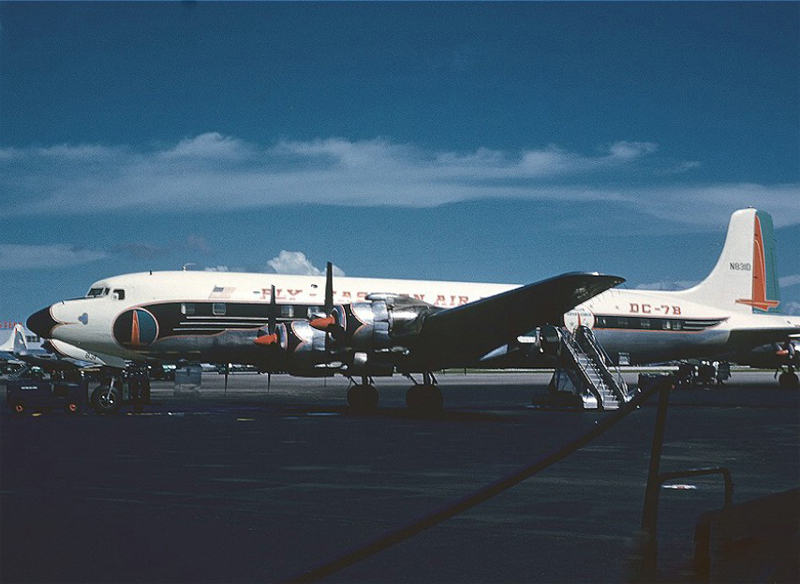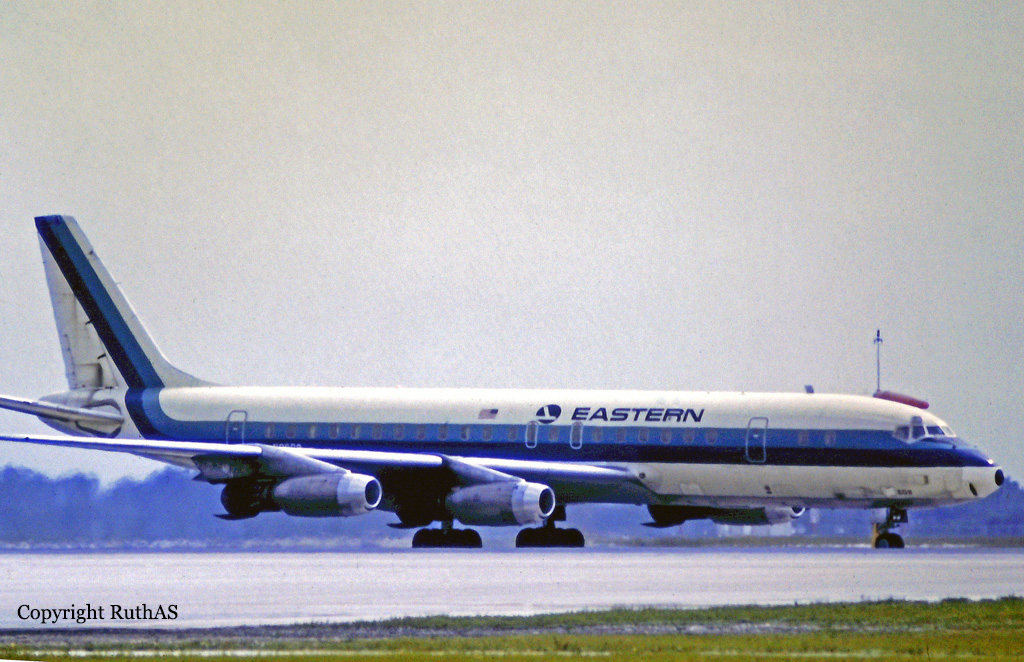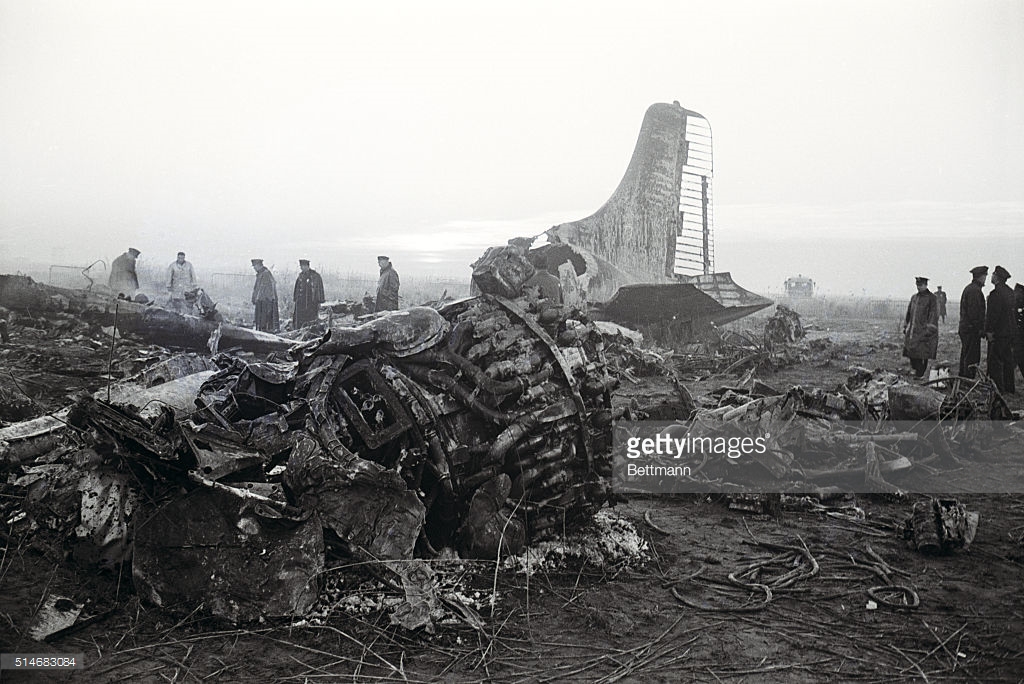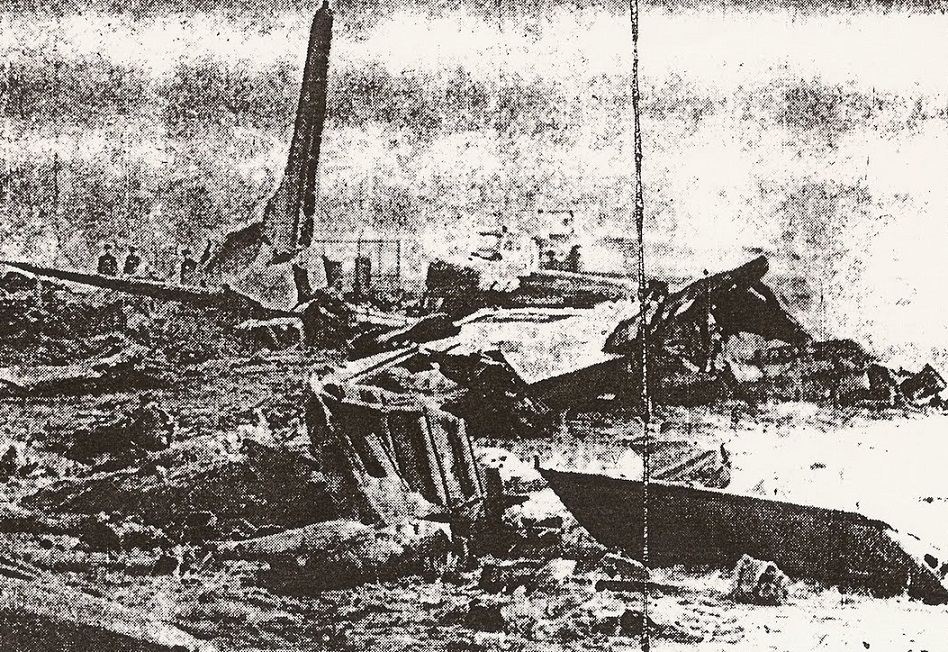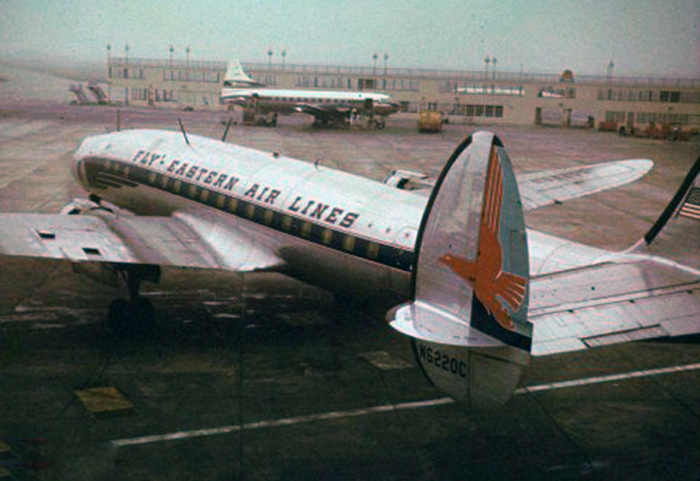Crash of a Douglas DC-9-31 in Fort Lauderdale
Date & Time:
May 18, 1972 at 1521 LT
Registration:
N8961E
Survivors:
Yes
Schedule:
Miami – Fort Lauderdale – Cleveland
MSN:
45870/332
YOM:
1968
Flight number:
EA346
Crew on board:
4
Crew fatalities:
Pax on board:
6
Pax fatalities:
Other fatalities:
Total fatalities:
0
Captain / Total hours on type:
960.00
Copilot / Total hours on type:
1500
Aircraft flight hours:
10928
Circumstances:
The aircraft was completing flight EA346 from Miami to Cleveland with an intermediate stop in Fort Lauderdale. On approach to Fort Lauderdale-Hollywood Airport, the crew encountered poor weather conditions with thunderstorm activity and limited visibility due to rain showers. Following a wrong approach configuration, the aircraft landed hard on runway 09L with a rate of descent of 2,000 feet per minute. On impact, the undercarriage and the tail were torn off and the airplane slid on the wet runway before coming to rest in flames. Three occupants were injured while seven others escaped unhurt. The aircraft was destroyed by a ground fire.
Probable cause:
The decision of the pilot to initiate and continue an instrument approach under weather conditions which precluded adequate visual reference and the faulty techniques used by the pilot during the landing phase of that approach. The Safety Board also finds that the flight crew's non-adherence to prescribed operational practices and procedures compromised the safe operation of the flight.
Final Report:


